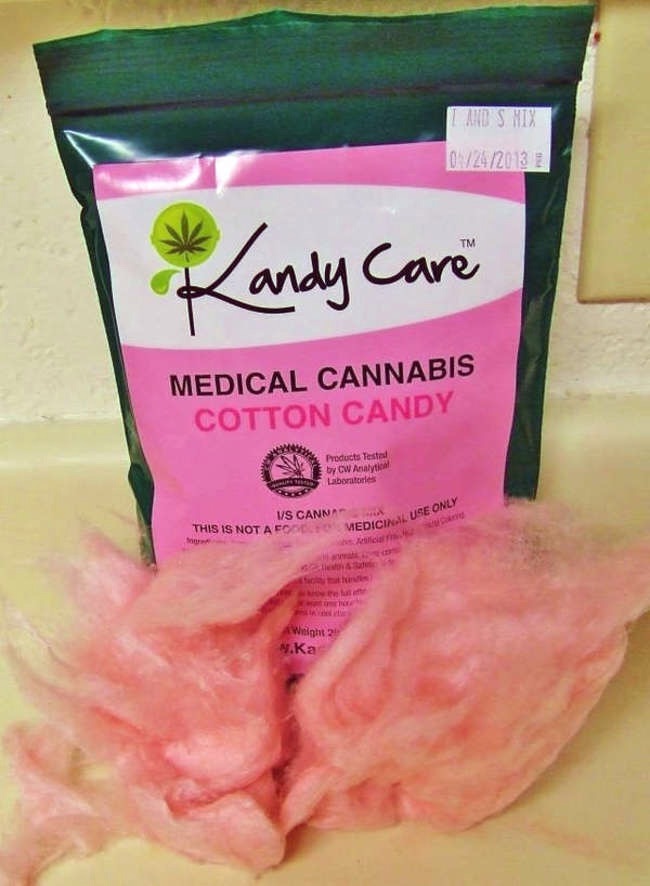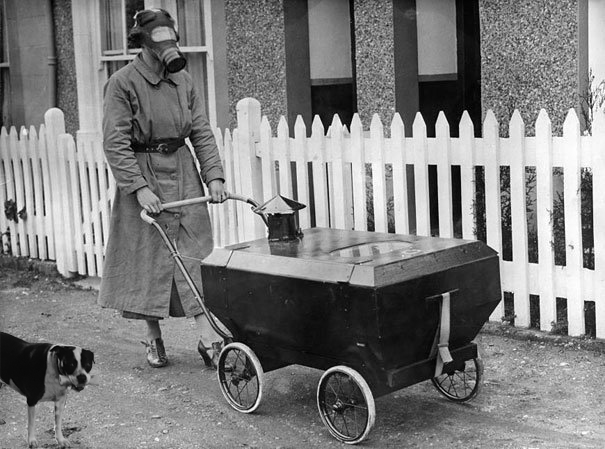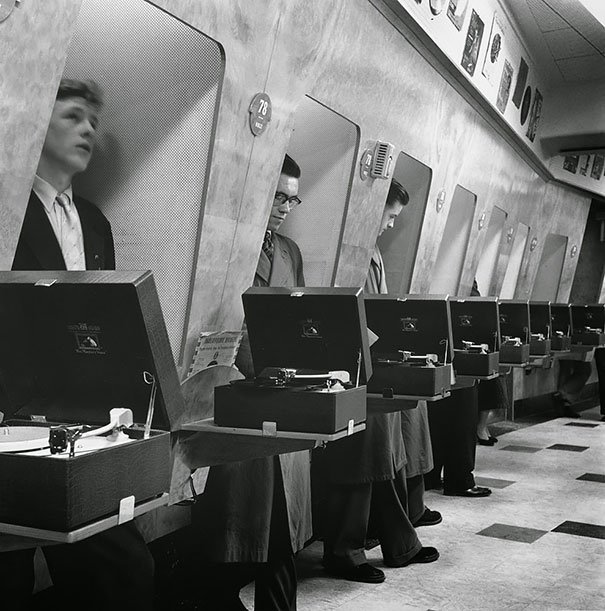-
SCAM WARNING! See how this scam works in Classifieds.
-
The Frolic by Limelight Giveaway is over. Congratulations to the winner: Numerous_Nothing!
You are using an out of date browser. It may not display this or other websites correctly.
You should upgrade or use an alternative browser.
You should upgrade or use an alternative browser.
The Picture Thread
- Thread starter vtac
- Start date
S1N3
Tarzan @ KloudSociety
momofthegoons
vapor accessory addict
momofthegoons
vapor accessory addict
Melting Pot
Sick & Twisted
Reflections
Well-Known Member
1934 catalogue from Montgomery Ward

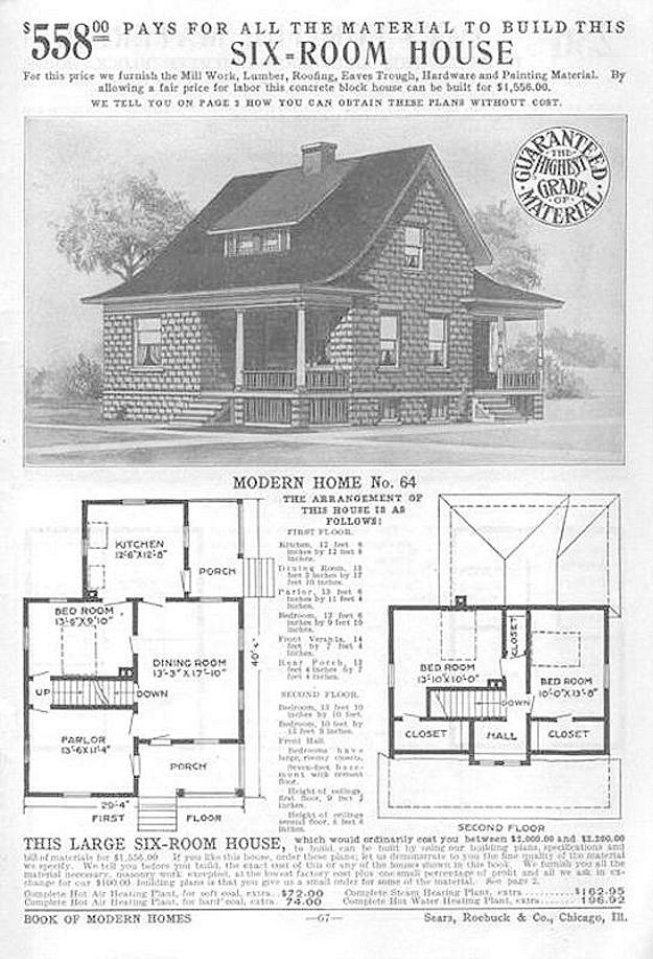

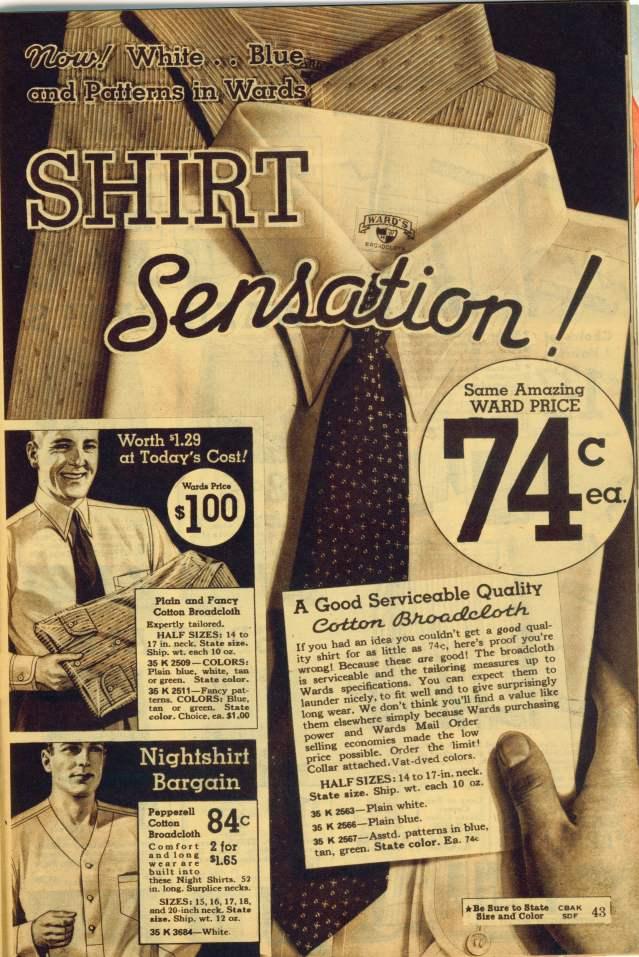
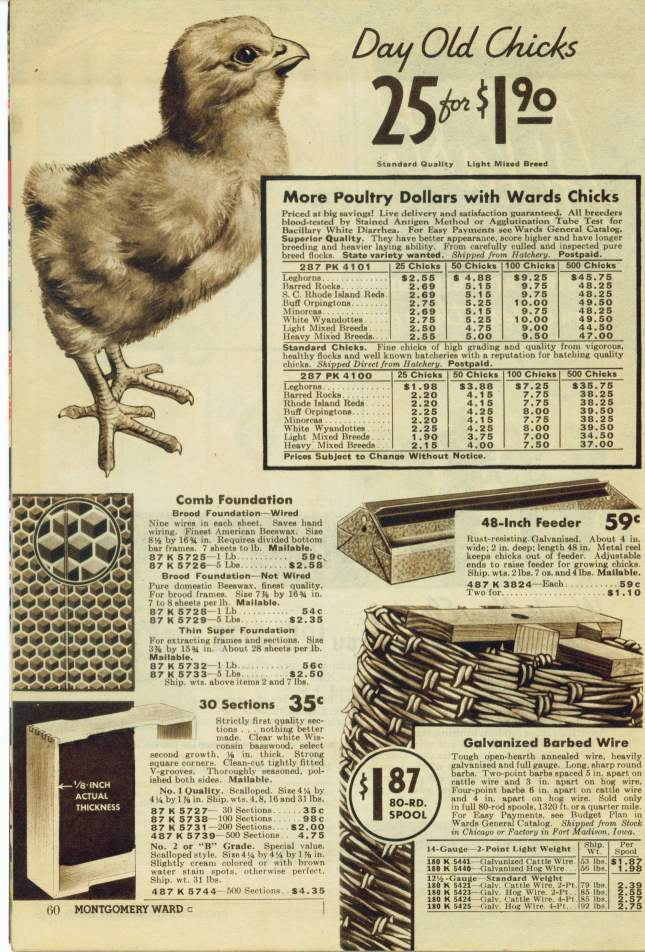





CarolKing
Singer of songs and a vapor connoisseur
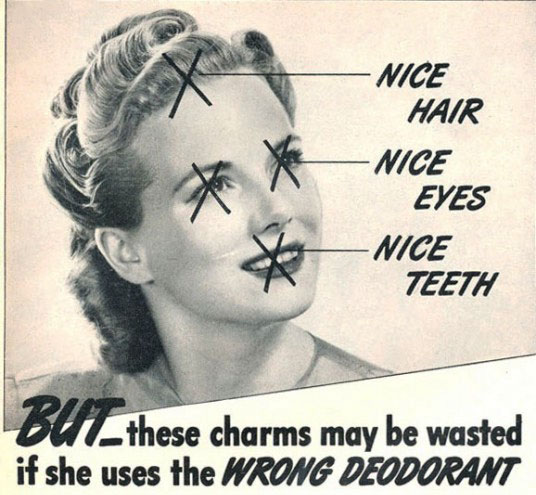
One vintage ad warns women, “Don’t let them call you SKINNY!” while another promises that smoking cigarettes will keep one slender. If the task of morphing their bodies into the current desirable shape isn’t enough of a burden, women are also reminded that they stink.
Collectors Weekly: How did you first get interested in these ads?
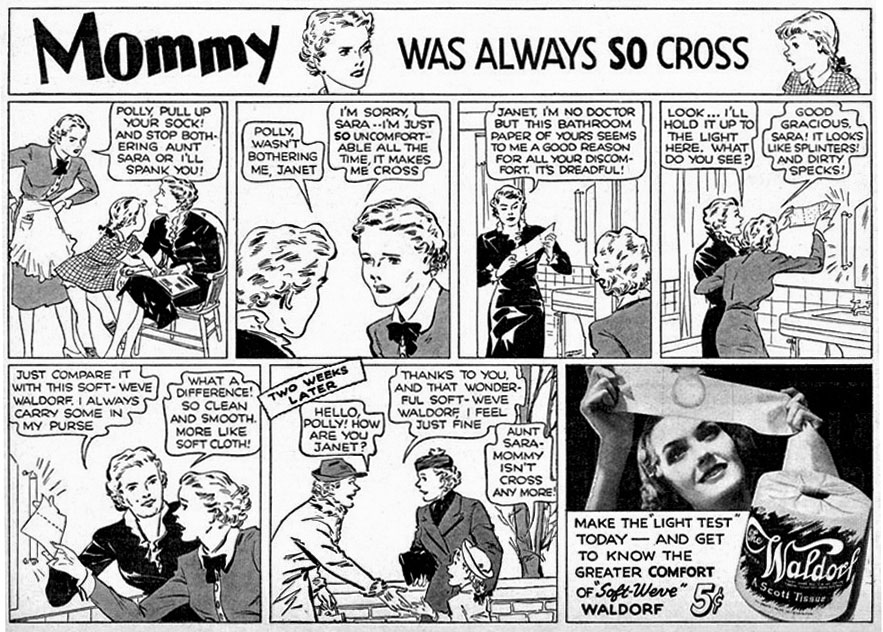
Above: An example from a series of 1930s Waldorf ads about bad toilet paper ruining family life. Click image to see the larger version. Top: Without the right deodorant, this Odo-ro-no ad admonishes, one’s physical appeal is rendered worthless.
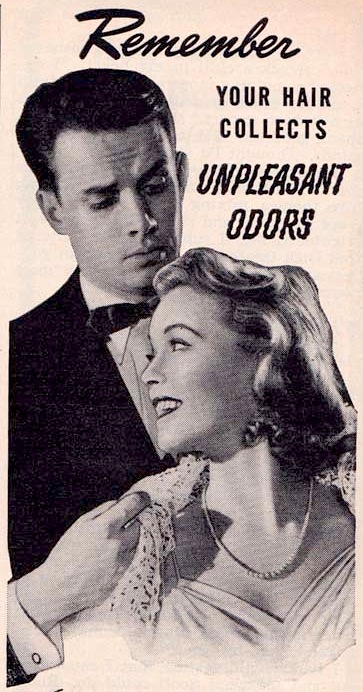
In the 1930s, dancing was an important social activity, and shampoo companies wanted women to worry about yet another way they could smell bad.
Collectors Weekly: When did this sort of advertisement begin?

Ads in 19th century magazines sold devices to reshape one’s face.
Collectors Weekly: On your home page, you talk about how these ads induce shame, guilt, and paranoia.
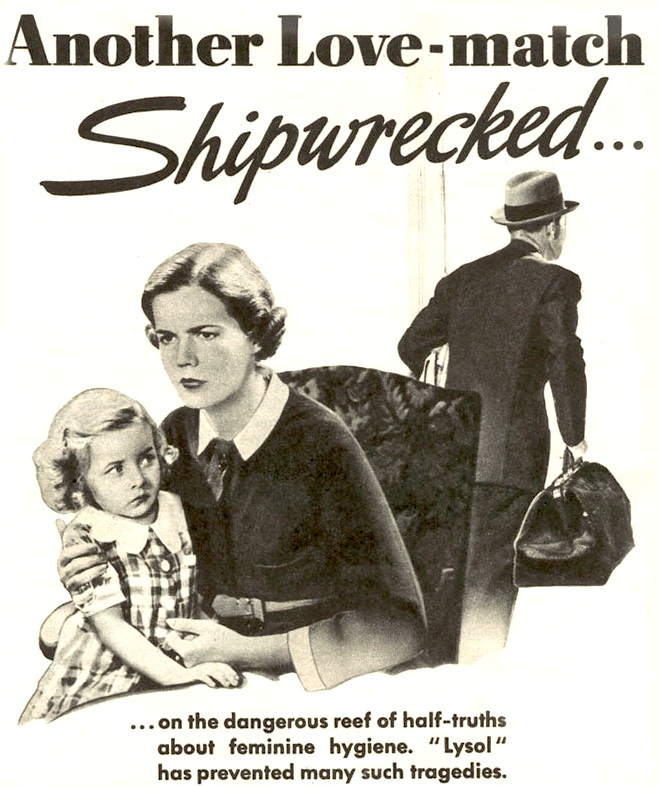
Lysol disinfectant, which was sold as a douche in the ’30s, produced endless ads showing a man leaving his wife over unspeakable “feminine hygiene” problems.
Collectors Weekly: According to vintage ads, what are some of the consequences of not using these
Collectors Weekly: Maybe these companies were also acting out of desperation, thanks to the Depression.
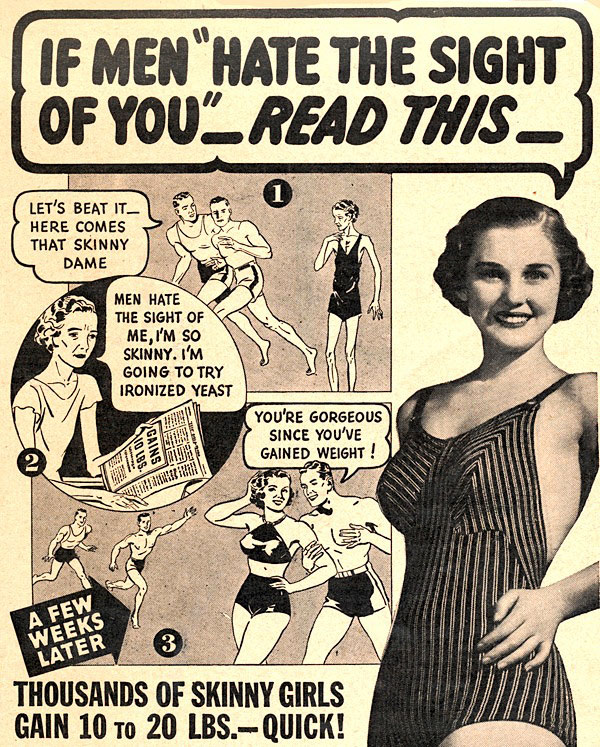
When women got thin due to hunger during the Depression, the slender, straight flapper silhouette went out of style. Ironized yeast products promised “skinny” women “weight,” by which they meant larger hips and breasts.
Collectors Weekly: I’ve noticed the weight you supposedly gain from products like Wate-On never goes to an undesirable place, like the belly.
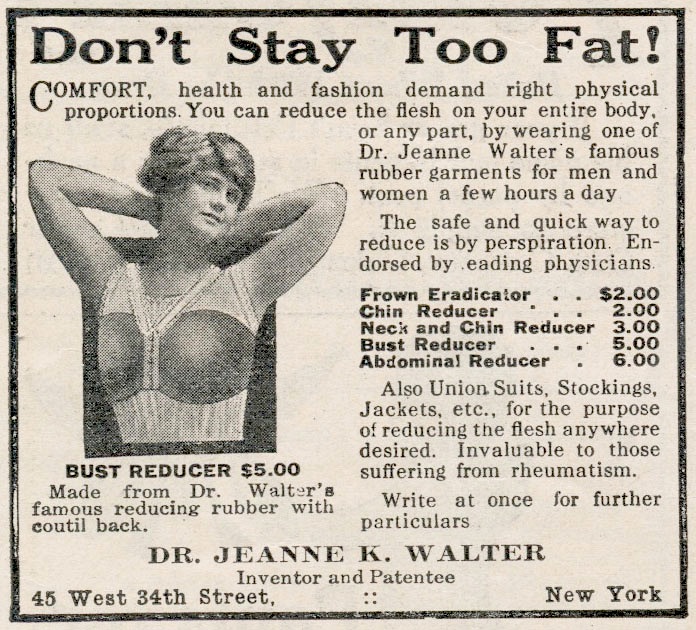
Strangely enough, this 19th century device promised to shrink the bust. Perhaps some breasts were considered too disproportionately large for the Victorians’ hourglass ideal?
Collectors Weekly: I noticed that in a lot of these ads, the women also had to impress their husband’s friends or their husband’s bosses.
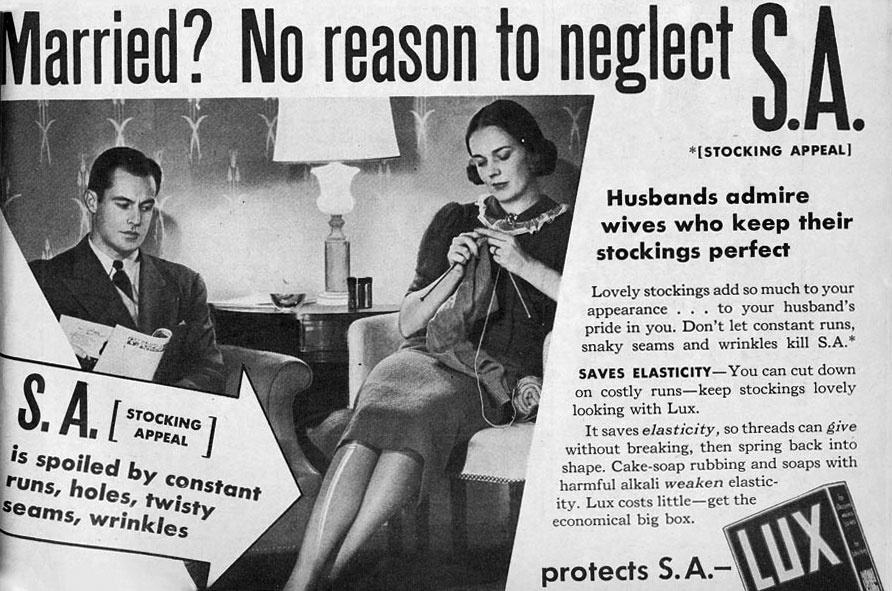
“Husbands admire wives who keep their stockings perfect.” In the 1930s, advertisers wanted women to worry about their “S.A.” or “Stocking Appeal.”
Collectors Weekly: It’s amazing how many different ways you can smell bad.

In this ad, pretty Joan has no idea why she’s so unpopular. At night, her undergarments gossip about her careless washing habits and the odor they’ve been emitting.
Petrovic: Yeah, the advertisers got really creative with that in the 1930s. As a bonus, they’ve also instr
Collectors Weekly: I love how the woman is always wondering whether her husband thinks she smells bad. Why doesn’t she just ask him?
Collectors Weekly: For example, would a woman’s date ever be so offended if her skirt is gaping at the button?
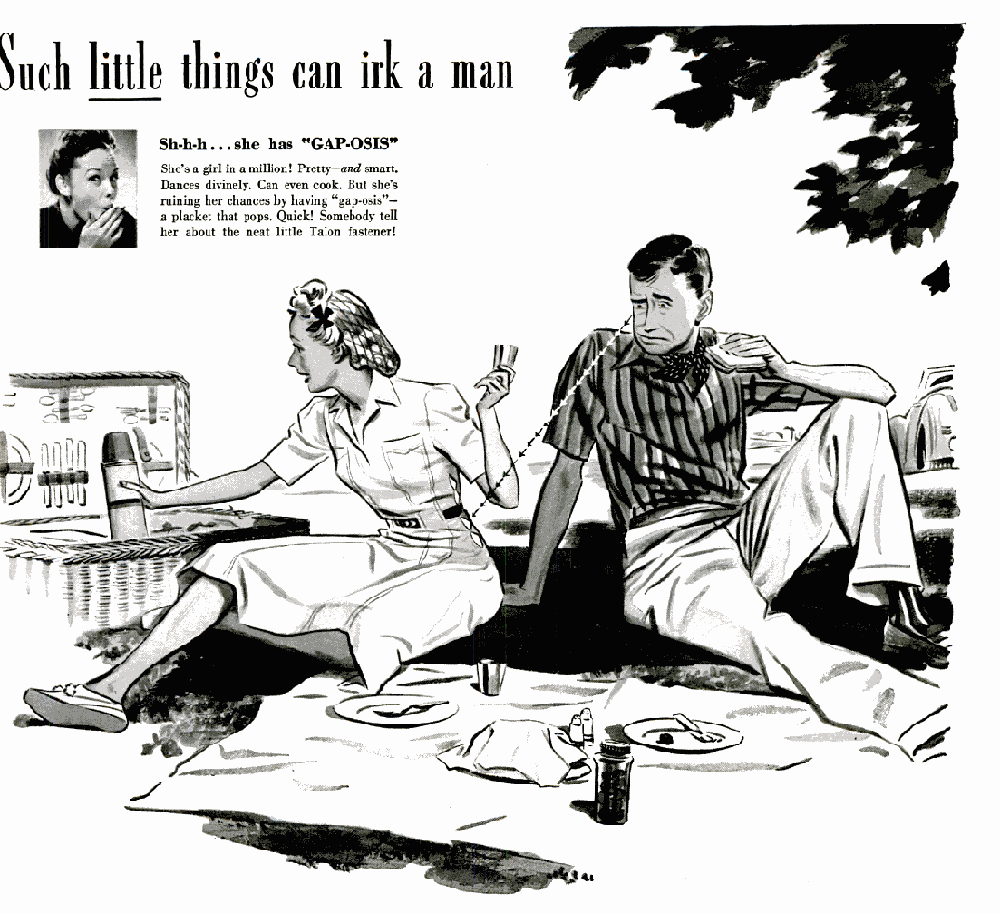
“She’s a girl in a million! Pretty and smart. Dances divinely. Can even cook. But she’s ruining her chances by having ‘gap-osis.’” That is, gaps where her skirt buttons. Click image to see larger version.
Petrovic: No, a guy would be amused at that. He probably wouldn’t say anything because he would enjoy peeking at her underwear.
Reflections
Well-Known Member
And then theres the 40's
The modern-day women’s rights movement got its feet wet—and its fingernails dirty, for that matter—during World War 2, when more than 6 million women joined the male-depleted ranks of the working world.
Roughly 12 million women already held jobs when the war started. But motivated by patriotism and economic need, the number of female workers quickly swelled to 18 million.
The iconic “Rosie the Riveter”, a bring-home-the-bacon kind of gal, was as patriotic as she was pretty, looked as if she could hold her own in a Roller Derby match and brought attention to the country’s roughly 3 million females working in military plants.


My husbands Mother was a Rosie the Riveter and has pictures of herself in the museum here in California,along with an Interview they did with her..Shes very Proud of herself! Shes 90 and still going strong.
The modern-day women’s rights movement got its feet wet—and its fingernails dirty, for that matter—during World War 2, when more than 6 million women joined the male-depleted ranks of the working world.
Roughly 12 million women already held jobs when the war started. But motivated by patriotism and economic need, the number of female workers quickly swelled to 18 million.
The iconic “Rosie the Riveter”, a bring-home-the-bacon kind of gal, was as patriotic as she was pretty, looked as if she could hold her own in a Roller Derby match and brought attention to the country’s roughly 3 million females working in military plants.


My husbands Mother was a Rosie the Riveter and has pictures of herself in the museum here in California,along with an Interview they did with her..Shes very Proud of herself! Shes 90 and still going strong.
Melting Pot
Sick & Twisted

Last edited:











